Description
The first book to exclusively use Chinese medical theories and terminology to guide practitioners of Chinese medicine in the use of Western herbs
- Written entirely according to the theory, diagnosis, and treatment paradigm of traditional Chinese medicine (TCM)
- Explains how to combine and modify the standard TCM formulas to non-Chinese herbs suitable for Western practitioners
- Includes 58 monographs of common Western healing herbs, detailing how each plant is used clinically.
The ever-growing number of Chinese medicine practitioners in the West has brought about an amalgamation of many styles of Chinese medicine and various other forms of medicine from around the world. This book addresses the increasing demand for knowledge of how to integrate plants from outside the standard Chinese materia medica into the fold of Chinese medical practices in the West. It is the first in-depth guide to using Western herbs exclusively according to the theories, diagnoses, and treatments of traditional Chinese medicine that harmonizes the unique terminology and theories of TCM with other botanical medicines. The book contains 58 monographs, illustrated with full-color photographs, of herbs commonly used by Western herbalists. Each herb is grouped by the basic categorization for medicinals in Chinese medicine, such as Herbs that Resolve the Exterior and Herbs that Regulate Blood. The monographs detail the energetics, function and indication, channels entered, dosage and preparation, and contraindications of each plant. The author also explains how to use the herbs to modify standard formulas used in everyday Chinese herbal medicine, based on his own clinical experience. An appendix of Western Analogs for Chinese Herbs further highlights 40 Chinese medicinals that have related species growing in the West.
Book Excerpt HERBS THAT TRANSFORM PHLEGM AND STOP COUGHING
This category is really two categories combined for clinical ease to distinguish these medicinals as those used to treat phlegm located in the lung. That being said, one should not assume that all three of the medicinals found in this chapter are used only for phlegm in the lungs. To transform phlegm implies a relative gentle action on eliminating phlegm. Stopping cough is exactly that, downbearing qì and restoring the depurative function of the lung. Pleurisy root is a very important medicinal in this category with a wide range of actions, which also makes it a very important medicinal in the materia medica. It is bitter, acrid, and cold in nature. Pleurisy root is very effective for diffusing lung qì and circulating the qì of the chest, thus it is used for a wide variety of ailments in the chest including cough, major chest bind, and asthma. Yerba santa is likely the most famous of the California endemics. Unlike pleurisy root, yerba santa is warm and is an important medicinal for transforming phlegm in the lung and spleen. Yerba santa also has the extra benefit of warming spleen yang and resolving rheum. Both pleurisy root and yerba santa resolve the exterior, but their action is different. Grindelia is bitter, acrid, and cool in nature and is an important medicinal for diffusing and downbearing the lung qì. Grindelia also treats the lower burner with cool and bitterness, clearing heat in the kidney and bladder. Pleurisy Root Asclepias tuberosa Aslepiadaceae Butterfly Weed, Wind Root Flavor and Qì: bitter, acrid, cold Channels entered: lung, large intestine Actions: expectorant, antitussive, diaphoretic, anticatarrhal Functions & Indications
- Clears heat, diffuses the lung qì and transforms phlegm for lung-heat with symptoms of pain in the chest with fever and cough with no or difficult expectoration. Pleurisy root has a bitter and acrid flavor and is cold in nature. Its bitter and acrid flavor transforms phlegm and drains the lung of repletion heat, while diffusing the lung qì. Its cold nature strongly clears heat.
- Circulates the qì of the chest, relieves pain, and harmonizes the upper jiao. This herb is very effective for major chest bind (da jie xiong) caused by chronic heat and phlegm where the heat is predominate with a tight, rapid pulse. Pleurisy root has an acrid and bitter flavor. Acridity outthrusts while bitter downbears. This combination of flavors creates a harmonizing action in the chest where this medicinal has an affinity. Owing to its acridity and cold nature, pleurisy root circulates the qì in the chest, transforms phlegm, and clears heat, thus relieving pain and treating this condition very effectively. This medicinal is also used for hot asthma with chest pain and/or difficult breathing. This herb is effective for any type of heat in the chest but because of its cold nature should be used with warming medicinals in extremely deficient patients.
- Resolves the exterior and expels wind for external wind-heat invasion with sweating, cough, fever, sore throat, and a floating and rapid pulse. Acridity outthrusts and cold clears heat. Because pleurisy root is acrid and cold, it outthrusts wind and heat. This is a major way this medicinal is used and when considering the history of the use of this medicinal, this occupies a significant portion of the literature.
- Clears heat and cools the blood for fever with dry skin, a red tongue, and a rapid and replete pulse. When heat enters the blood at the blood aspect there is serious illness and pleurisy root is an important medicinal for this pattern. Pleurisy root has a bitter flavor and is cold in nature. This bitter/cold combination is essential for the treatment of heat at the blood aspect. Furthermore, this medicinal is acrid in nature, which activates the qì and quickens the blood secondarily. This secondary action is beneficial to the overall action of this medicinal as stasis and stagnation are common confounding factors when heat enters the blood aspect. Also helpful for skin rashes where blood heat is part of the pattern. CAUTIONS Pleurisy root is cold in nature and should be used with caution by those with spleen qì vacuity or internal cold. Pleurisy rooì root should be avoided during pregnancy. Dosage and Preparation Use 26g in strong infusion or decoction, 2.55ml in tincture. The fresh plant tincture of pleurisy root is superior to the dry preparation. Pleurisy root is gathered in the autumn after the plant has withered or in the early spring. The root is either prepared fresh or sliced and dried for storage. Good quality root is grayish-white and firm. It is quite fibrous, so if it is cut and sifted it will have significant fibrous material included.
Major Combinations
- Combine with American ginseng and sweet flag for phlegm-heat in the lung. Change the dosages of the medicinals to fit the clinical picture.
- Combine with lobelia for hot spasmodic cough with difficult expectoration.
- Combine with black cohosh for acute rheumatic fever with arthritic pain that is worsened on motion, abdominal pain, and high fever.
- Combine with bugleweed for chest pain due to heat stagnation with or without cough with blood-streaked sputum. Commentary Pleurisy root is exceptional in the treatment of lung heat, especially when phlegm is a confounding factor. Further, pleurisy root is a very effective medicinal for major chest bind (da jie xiong). The genus name Asclepias comes from the ancient Greek god of medicine Asklepios, and tuberosa arose due to its enlarged root system. The genus is endemic to America. The Cherokee used this plant for pain in the breast, stomach, and intestines. Most Native American Peoples within its range used it for lung diseases. It is often combined with Zingiber to enhance its effectiveness. Pleurisy root was official in the United States Pharmacopoeia from 18201905 and the National Formulary from 1916-1936. Hardcover, 272 pages. Published February, 2008. About the Author: Thomas Avery Garran, MTOM, L.Ac., is a licensed acupuncturist with a masters degree in Oriental medicine. He has practiced and taught herbal medicine since 1992 and is currently on leave of absence from teaching while pursuing a degree in Chinese language and ethnobotany at the University of Hawaii at Manoa in Honolulu, Hawaii where he maintains a private practice. <
You must be logged in to post a review.

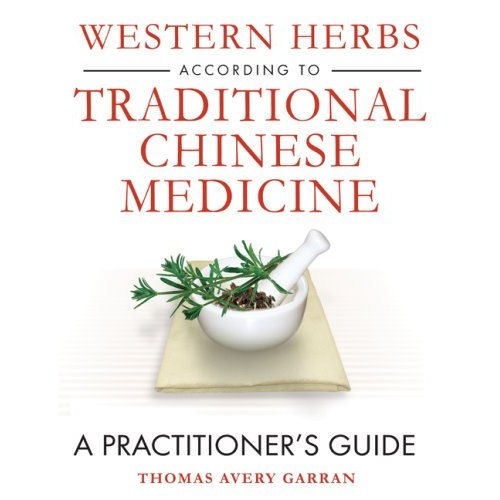

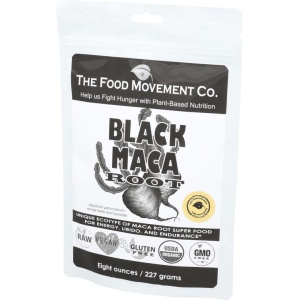
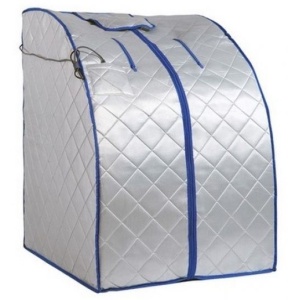
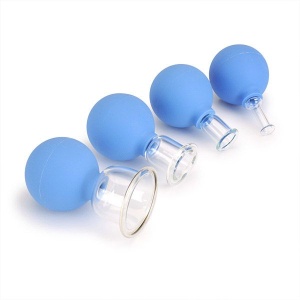
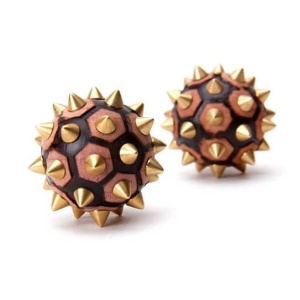
Reviews
There are no reviews yet.